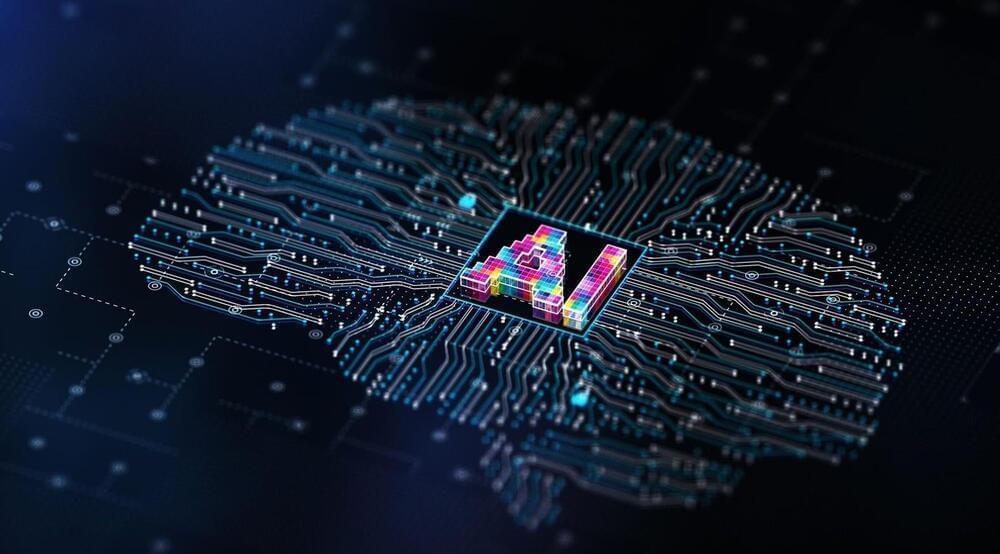Unlike traditional RLHFs, which only provide feedback after an assessment has been completed, pBCIs capture implicit, real-time information about the user’s cognitive and emotional state throughout the interaction. This allows the AI to access more comprehensive, multidimensional feedback, including intermediate decisions, judgments and thought processes. By observing brain activity when assessing situations, pBCIs provide a more comprehensive understanding of user needs and enable the AI to adapt more effectively and proactively.
By combining RLHF with pBCIs, we can elevate AI alignment to a new level—capturing richer, more meaningful information that enhances AI’s responsiveness, adaptability and effectiveness. This combination, called neuroadaptive RLHF, retains the standard RLHF approach but adds more detailed feedback through pBCIs in an implicit and unobtrusive way. Neuroadaptive RLHF allows us to create AI models that better understand and support the user, saving time and resources while providing a seamless experience.
The integration of RLHF with pBCIs presents both opportunities and challenges. Among the most pressing concerns are privacy and ethics, as pBCIs capture sensitive neural data. Ensuring proper consent, secure storage and ethical use of this data is critical to avoid misuse or breaches of trust.
